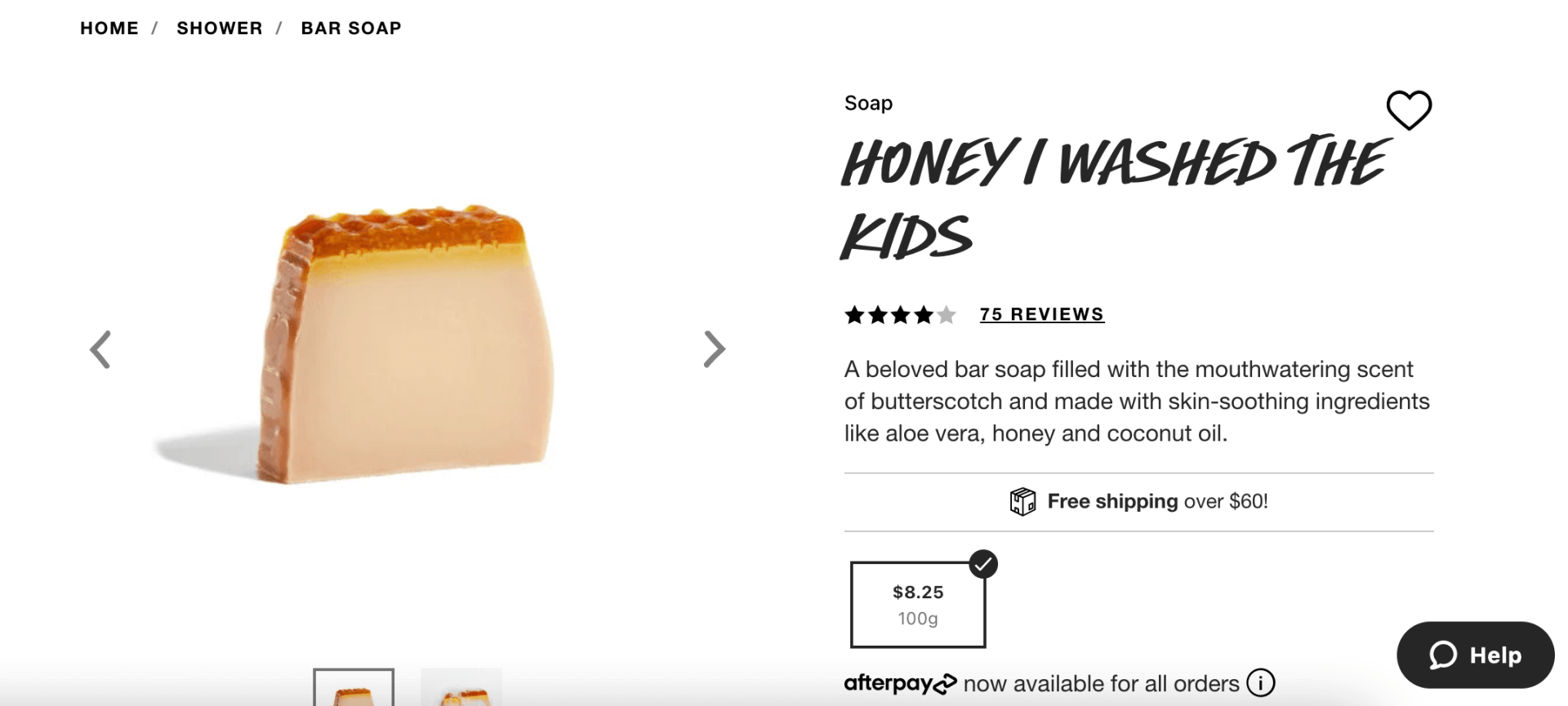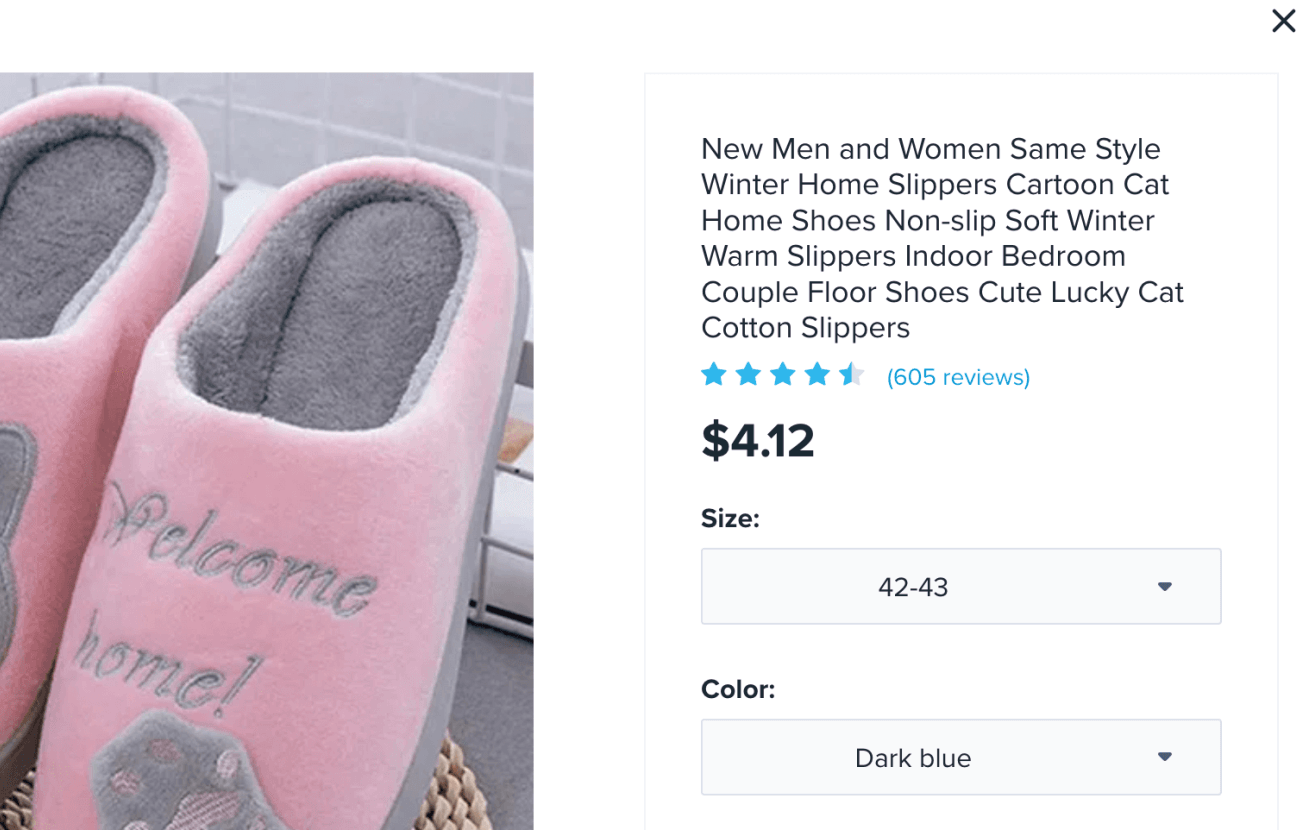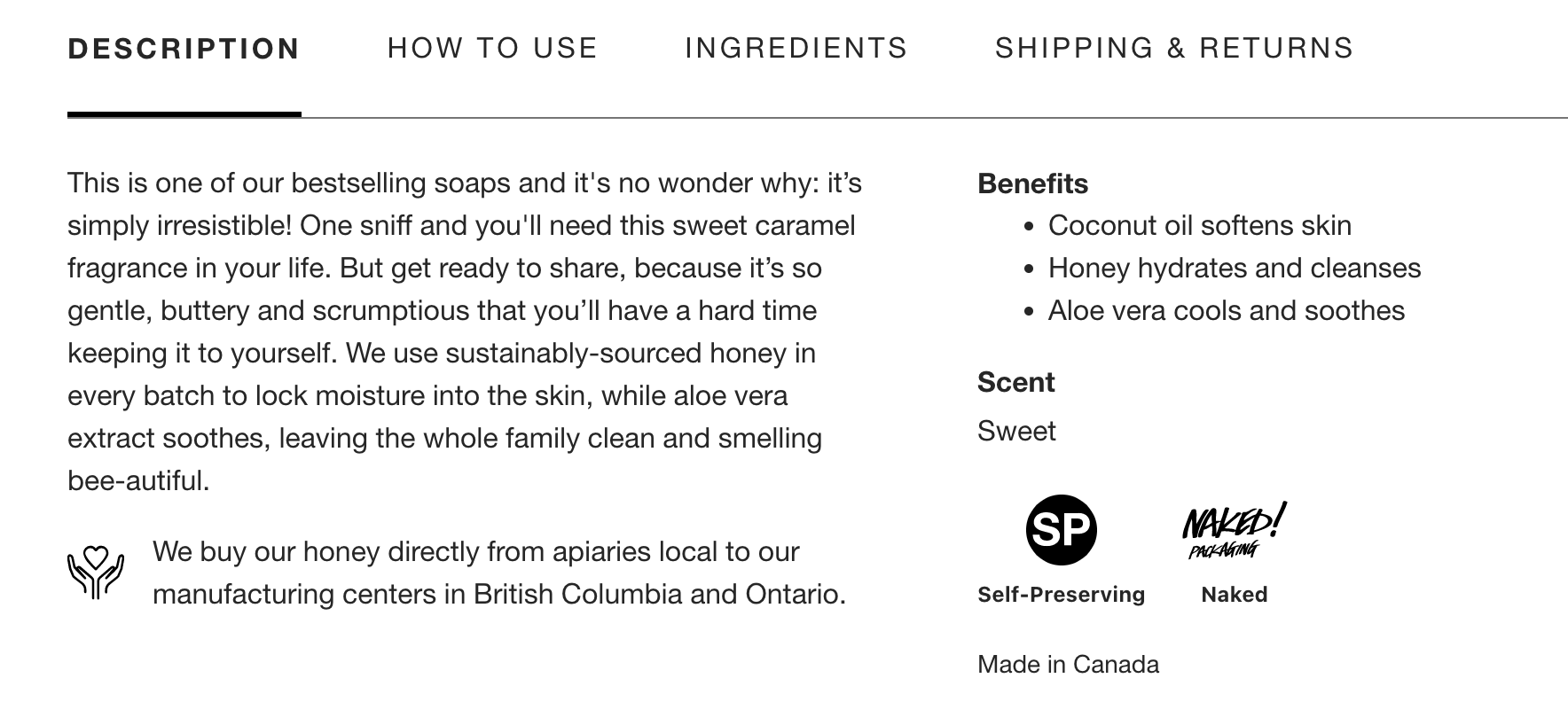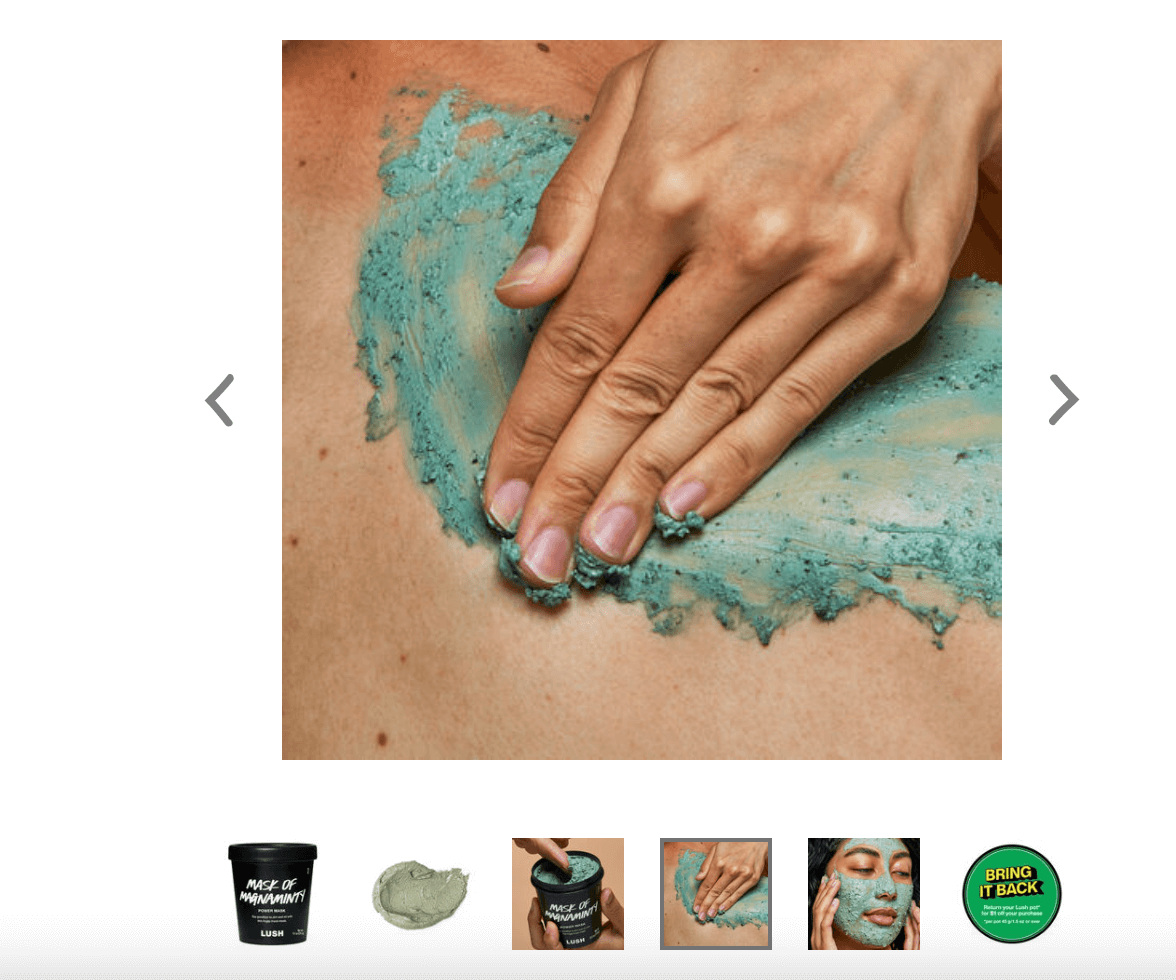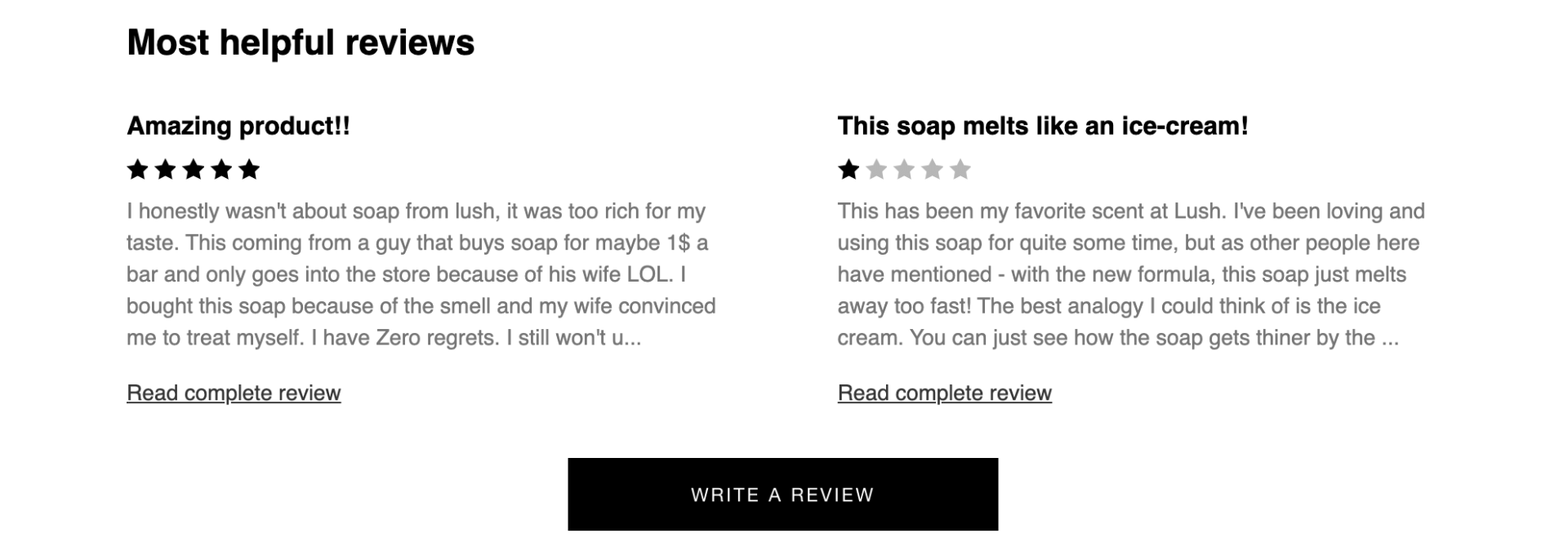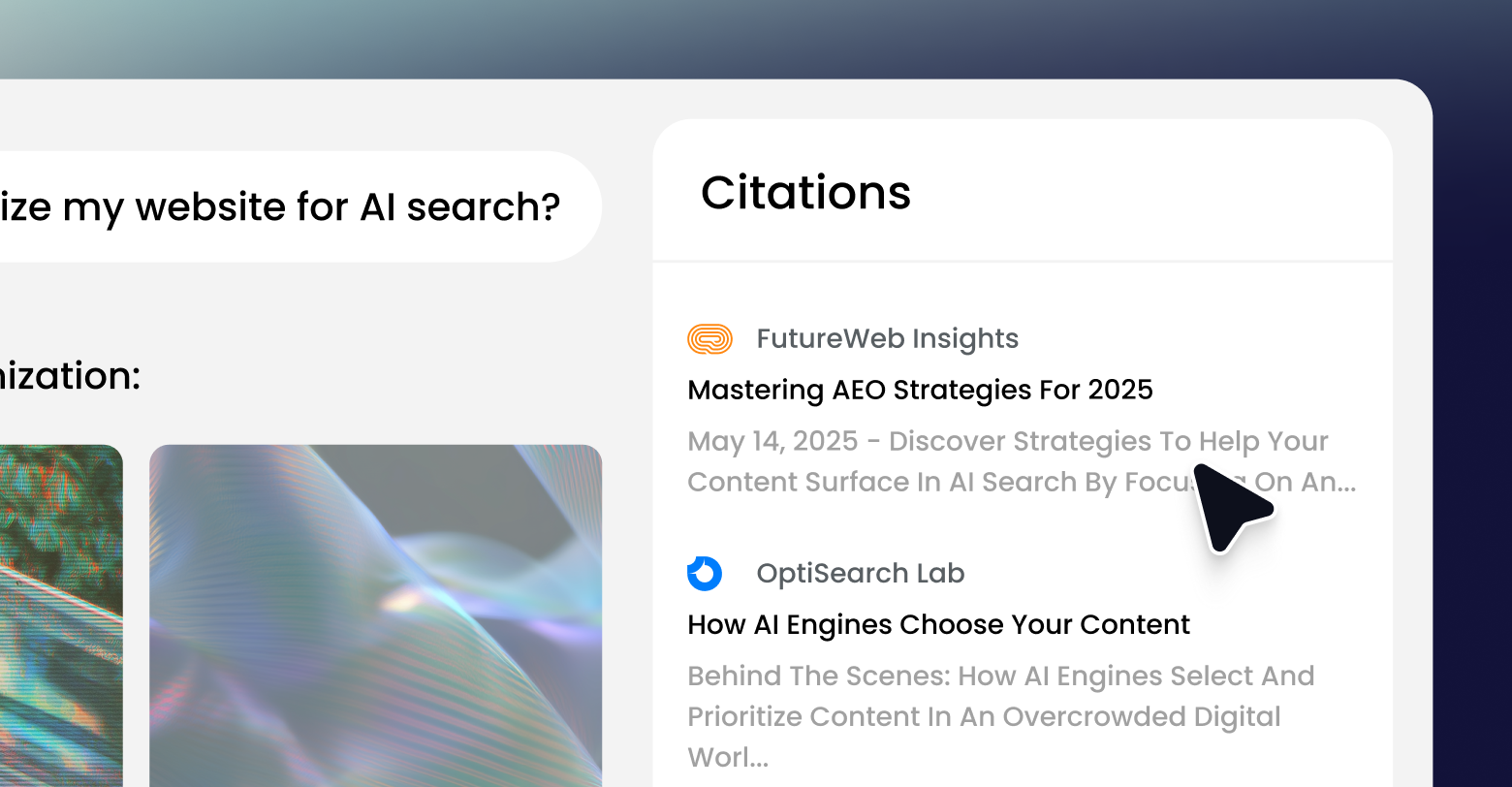Why is eCommerce Product Page SEO Important?
If you’re looking for an item, what’s the first thing you’ll do?
A Google search.
And what will you expect to find?
Product pages, of course.
But if you want YOUR product pages to appear first on those google searches, in front of thousands of potential customers, you have to ensure these web pages are SEO-ready.
It can be the difference between a
successful online store, and a costly flop.
So let’s get started.
How to Optimize eCommerce Product Pages for Search Engines
There are multiple optimizations you should do to have SEO ready eCommerce product pages. Here are the 10 best tips you should follow.
1. Optimize your page speed
A slow page load time can drastically increase bounce rate and hurt your conversion rate, not only for your organic traffic but also for any paid traffic that comes to your eCommerce site.
On top of that, Google doesn’t like websites with high bounce rates so this can hurt your search engine optimization efforts.
There are multiple ways you can improve your page speed performance;
2. Create a keyword strategy around your products
The first thing you have to do when working on any SEO strategy is your keyword research. The most significant difference between any website’s keywords and an eCommerce site’s, is that you have to align your research to the products you’re selling. That means including:
- Product name
- Category pages names
- Related products and synonyms
- The brand name
- Qualities of the different products and long-tail keywords.
For example, if you’re Lush, and you sell an amazing honey soap, you’ll want to use keywords related to:
- The name of the soap: “Honey I Washed The Kids”
- The effects it has on the skin: “Skin-soothing soap”
- Who the soap is for: “Soap for dry skin, kids hand soap”
- The different qualities
it provides: “Soothing, cleansing soap”
- How it can be used: “best gift for X, Best soap for Y, hand soap”
- And, of course, the brand name: “Best Lush soap, Honey Lush soap, etc.”
You can use tools such as SEMrush, Google Search Console and Ahrefs to help you find the target keywords that have the most search volume for the least difficulty, so you can improve your SERPs and get more organic traffic.
3. Optimize headings, title tags, meta descriptions and page URLs
Now that you have your target keywords, ensure your product pages have the right technical SEO content.
Here are some key places where you should plug your target keywords:
- Product URLs
- Product Title
- Headings
- Meta descriptions
- Meta titles
- Alt text
Make sure all these are optimized for SEO, but don’t go overboard. No one likes huge titles with 300 stuffed keywords (yes, I’m talking about you, Wish.com).
4. Add structured data for your products
Structured data is a way of describing your site to make it easier for search engines to understand, using a vocabulary called Schema.org, to display search results in a specific and much richer way. There is a specific product schema that helps you get highlighted search results, (or rich results). You should mark up structured data so searchers will pull out more information about your product, like customer reviews, ratings, prices, breadcrumbs, and FAQs.
Having rich snippets and results will help you improve your eCommerce store CTR (click through rate).
5. Write optimized product descriptions
With SEO, the page content you create is a major ranking factor.
You have to write quality content for each of your pages, but how do you translate this to product pages?
Easy;
product descriptions.
Write unique descriptions for each of your items, containing your target keywords, long-tail keywords, and all the information the searcher needs, such as functionality, specs, benefits, ingredients, and qualities of the product.
Just make sure the content is relevant and helps your users in their buying decision.
6. Have above the fold call to actions
To
improve the conversion rate
on your product page, make sure your call to actions are clear, well placed and above the fold. You can even make it sticky so that when the user scrolls, they always have the CTA easily reachable.
The CTA button should also be big enough to be spotted immediately and easy to access on desktop and mobile.
7. Use high-quality images and videos
Another key tip for product page optimization is to showcase high-quality images of your products. This not only helps to sell the item, but when showcased on search engines, you want your product to stand out from all the others.
Here are a few best practices to keep in mind:
- Have images in high-quality but compressed, so they don’t take too long to load
- Add zoom options so users can see details of the product
- Add multiple images from different angles
Add videos, particularly if you need to show the product’s functionalities or the item in function.
At the bottom of each product page, feature related products to improve traffic and conversions on your different web pages. This will also help SEO as related products usually contain secondary keywords that can help you have more unique and relevant content that search engines will like.
If we take our Lush honey soap example, having other moisturizing soaps, with aloe vera, oatmeal, and other ingredients featured on the page, can help you rank for these searches as well as the primary “honey soap”.
It can also help users find a more appropriate product for their needs if what they were looking for was a broader item such as “moisturizing soap” or “hand soap” for example.
9. Have a comment and product review section
Having comments and product reviews on your product pages can help with a few things:
- Increase social proof
- Helps with conversion rate and customer satisfaction
- Generate unique quality content automatically
It’s a good way to have unique content displayed on each of your product pages, without having to work much on it. It can also help users make up their minds about the product and have a clear understanding of its pros and cons, which helps them manage their expectations.
Like in our soap example, we can see that the honey soap melts too fast, but it might not be a problem for all buyers, and now they’ll expect it to be easy-to-melt and won’t be as disappointed if it happens to them.
10. Other SEO best practices to keep in mind:
- Try and get backlinks for your product page. You can do so by being featured in lists, directories, and product reviews.
- Make sure your product pages don’t cannibalize each other and avoid duplicate content. If you have multiple similar products, you can either write unique content for each page, use canonicals, or bring them all together on one product page. (ex: if the only difference is the color or patterns).
- Make sure your website builder supports different options and variations for product pages.
- Track your SEO performance and
eCommerce KPIs with Google Analytics and other tools such as
Ahrefs or
SEMrush, and adapt your strategy depending on page performance.
- Choose an eCommerce platform already optimized for SEO (like Duda) instead of SEO plugins that take time and development to maintain.
- Align your digital marketing strategies and eCommerce business goals with your SEO strategy. It’s all working together, so ensure that all your strategies can help each other.
- Have a
mobile-first eCommerce website.
- Make sure your homepage is SEO optimized and follows the
homepage best practices for conversion.
- Add internal links throughout your website.
- Make sure you check all items on our
eCommerce checklist to launch online stores.
Now that you know all the tips of the trade to create the best product pages, you’re ready to create or optimize your eCommerce site right away.
The best way to get started? Create your own eCommerce website, with a website builder made for SEO.
Try Duda for free.
Related Posts
By Shawn Davis
•
October 7, 2025
Optimize client sites for AI search by focusing on technical accessibility, structured content, credibility, conversational alignment, and continuous iteration to ensure content is cited and trusted by generative AI systems.
By Stephen Alemar
•
August 27, 2025
Learn how to explain AI search to clients, separate reality from hype, and position AI search as a competitive advantage for their business.
By Shawn Davis
•
May 19, 2025
Learn what answer engine optimization (AEO) is, how LLMs search the web, and how to optimize your website content for AI search experiences like ChatGPT and Gemini.
Show More



